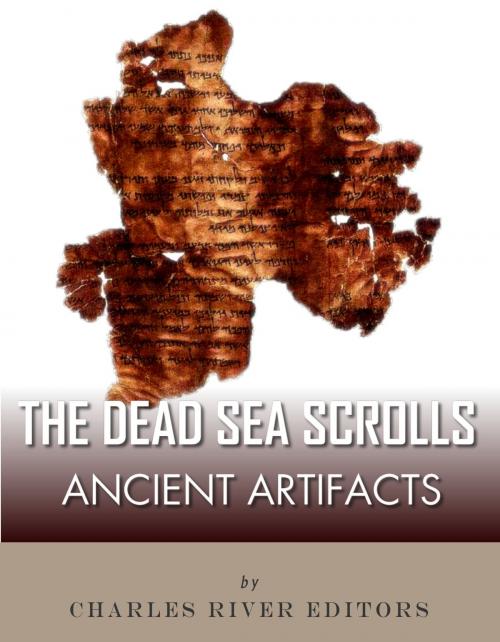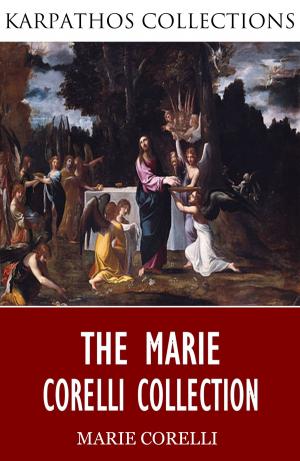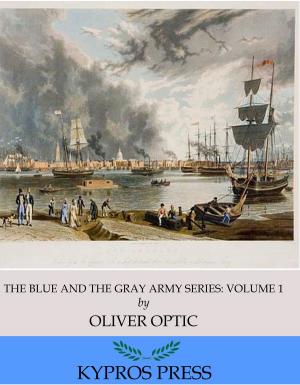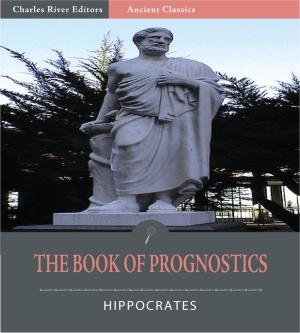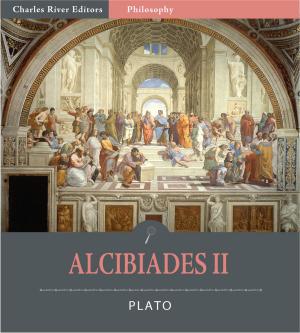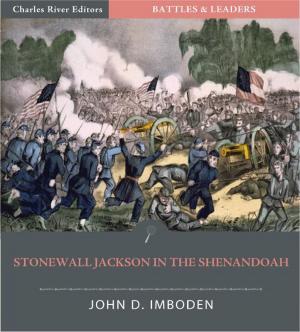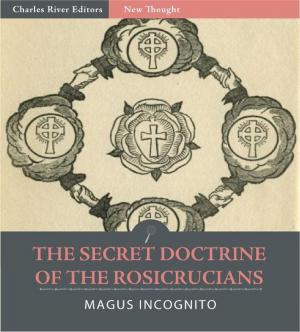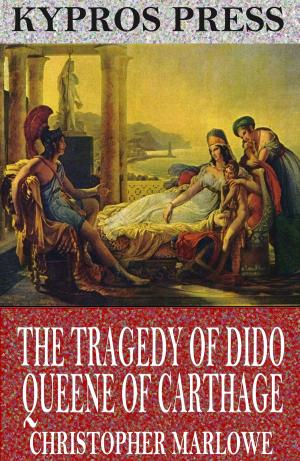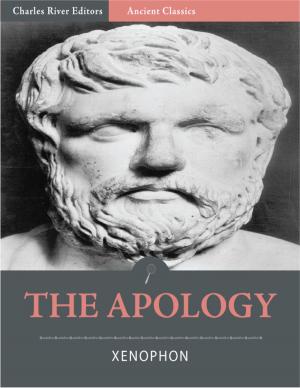Ancient Artifacts: The Dead Sea Scrolls
Nonfiction, Religion & Spirituality, Bible & Bible Studies, Study, Old Testament| Author: | Charles River Editors | ISBN: | 9781475323092 |
| Publisher: | Charles River Editors | Publication: | April 1, 2013 |
| Imprint: | Language: | English |
| Author: | Charles River Editors |
| ISBN: | 9781475323092 |
| Publisher: | Charles River Editors |
| Publication: | April 1, 2013 |
| Imprint: | |
| Language: | English |
*Chronologically covers the history of the era in which the Dead Sea Scrolls were written. *Discusses some of the mysteries and theories surrounding the Dead Sea Scrolls and who wrote them.*Explains some of the texts found among the Dead Sea Scrolls.*Includes pictures.*Includes a Bibliography for further reading.*Includes a Table of Contents. In the mid-20th century, one of the most important religious discoveries of all time was made in a series of caves near the Dead Sea, which had hidden remnants of nearly 1,000 texts, some of which were included in the Hebrew Bible and others which were extra-biblical. In addition to being the oldest surviving copies of such documents, the mixture of languages and different kinds of papers helped shed light on the people in the region at the time, making the Dead Sea Scrolls vitally important to the worlds major religions. The impact that these scrolls have had on the fields of Biblical Studies and the History of Second Temple Judaism can hardly be overstated. As The Oxford Companion to Archaeology put it, “The biblical manuscripts from Qumran, which include at least fragments from every book of the Old Testament, except perhaps for the Book of Esther, provide a far older cross section of scriptural tradition than that available to scholars before. While some of the Qumran biblical manuscripts are nearly identical to the Masoretic, or traditional, Hebrew text of the Old Testament, some manuscripts of the books of Exodus and Samuel found in Cave Four exhibit dramatic differences in both language and content. In their astonishing range of textual variants, the Qumran biblical discoveries have prompted scholars to reconsider the once-accepted theories of the development of the modern biblical text from only three manuscript families: of the Masoretic text, of the Hebrew original of the Septuagint, and of the Samaritan Pentateuch. It is now becoming increasingly clear that the Old Testament scripture was extremely fluid until its canonization around A.D. 100.” In tracing the history of the Dead Sea Scrolls, most discussions begin with the discovery of the scrolls during the modern period and then proceed to describe the texts and their different categories and various questions of history related to the scrolls. Such an approach is consistent with an academic approach to the question, starting with what is known with great certainty before moving to issues that involve much more speculation. All of that is covered in this history of the Dead Sea Scrolls, which moves chronologically through the eras in which the texts were penned and tells the story of the people who came to the area, wrote what they did, and then disappeared. This better helps readers become absorbed in the world reflected by the Dead Sea Scrolls and the community that produced them, as well as explaining the significance of the writings themselves. Ancient Artifacts: The Dead Sea Scrolls comprehensively covers the history of the important religious texts, their discovery, and includes pictures of important people and places. Along with a bibliography and Table of Contents, you will learn about the Dead Sea Scrolls like you never have before, in no time at all.
*Chronologically covers the history of the era in which the Dead Sea Scrolls were written. *Discusses some of the mysteries and theories surrounding the Dead Sea Scrolls and who wrote them.*Explains some of the texts found among the Dead Sea Scrolls.*Includes pictures.*Includes a Bibliography for further reading.*Includes a Table of Contents. In the mid-20th century, one of the most important religious discoveries of all time was made in a series of caves near the Dead Sea, which had hidden remnants of nearly 1,000 texts, some of which were included in the Hebrew Bible and others which were extra-biblical. In addition to being the oldest surviving copies of such documents, the mixture of languages and different kinds of papers helped shed light on the people in the region at the time, making the Dead Sea Scrolls vitally important to the worlds major religions. The impact that these scrolls have had on the fields of Biblical Studies and the History of Second Temple Judaism can hardly be overstated. As The Oxford Companion to Archaeology put it, “The biblical manuscripts from Qumran, which include at least fragments from every book of the Old Testament, except perhaps for the Book of Esther, provide a far older cross section of scriptural tradition than that available to scholars before. While some of the Qumran biblical manuscripts are nearly identical to the Masoretic, or traditional, Hebrew text of the Old Testament, some manuscripts of the books of Exodus and Samuel found in Cave Four exhibit dramatic differences in both language and content. In their astonishing range of textual variants, the Qumran biblical discoveries have prompted scholars to reconsider the once-accepted theories of the development of the modern biblical text from only three manuscript families: of the Masoretic text, of the Hebrew original of the Septuagint, and of the Samaritan Pentateuch. It is now becoming increasingly clear that the Old Testament scripture was extremely fluid until its canonization around A.D. 100.” In tracing the history of the Dead Sea Scrolls, most discussions begin with the discovery of the scrolls during the modern period and then proceed to describe the texts and their different categories and various questions of history related to the scrolls. Such an approach is consistent with an academic approach to the question, starting with what is known with great certainty before moving to issues that involve much more speculation. All of that is covered in this history of the Dead Sea Scrolls, which moves chronologically through the eras in which the texts were penned and tells the story of the people who came to the area, wrote what they did, and then disappeared. This better helps readers become absorbed in the world reflected by the Dead Sea Scrolls and the community that produced them, as well as explaining the significance of the writings themselves. Ancient Artifacts: The Dead Sea Scrolls comprehensively covers the history of the important religious texts, their discovery, and includes pictures of important people and places. Along with a bibliography and Table of Contents, you will learn about the Dead Sea Scrolls like you never have before, in no time at all.
